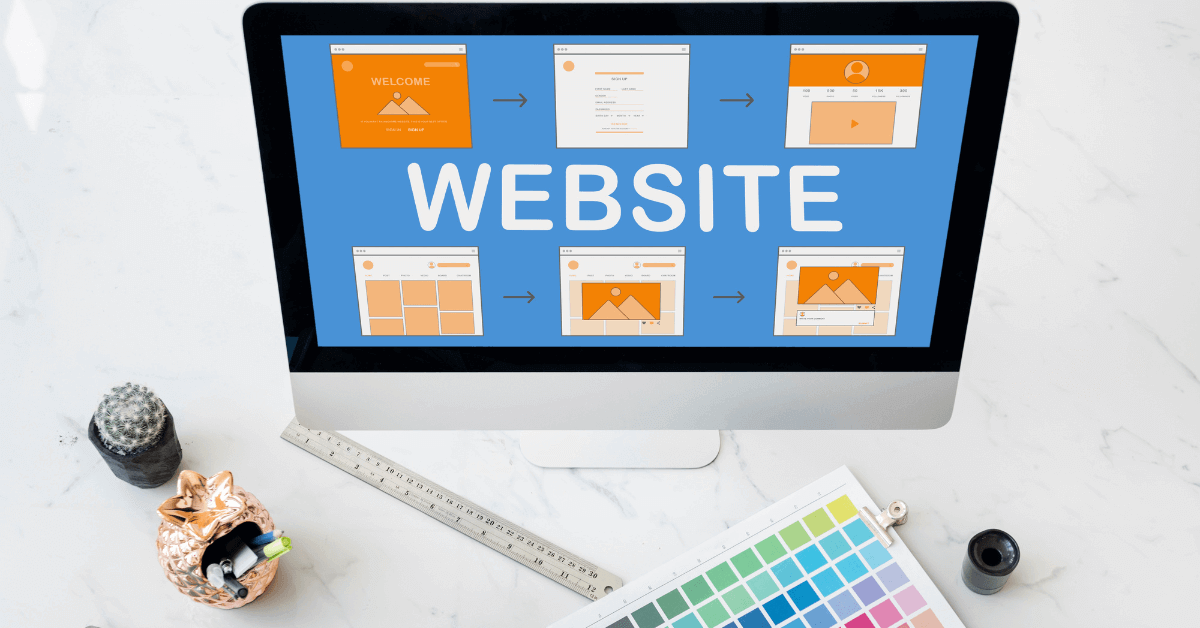
A web design portfolio is more than a gallery of your work—it's a powerful tool that tells the story of your skills, creativity, and expertise. Whether you're looking to land new clients, secure a job, or simply showcase your abilities, a well-crafted portfolio can make all the difference. Here’s a comprehensive guide to creating a portfolio that stands out and effectively represents your web design prowess.
Before you start assembling your projects, take a moment to define your vision. What kind of web designer are you? Do you specialize in sleek corporate websites, dynamic e-commerce platforms, or creative personal blogs? Clarifying your niche helps tailor your portfolio to attract the clients or employers that best align with your skills and career goals.
Quality is key. Your portfolio should feature projects that best showcase your skills and creativity. Here’s how to present them effectively:
Don’t just show off finished designs—tell the story behind them. A well-written case study can make your work stand out:
Case studies provide insight into your problem-solving skills and ability to deliver results, making them a valuable addition to your portfolio.
An outdated portfolio can reflect poorly on your current skills. Regularly update your portfolio to include recent work and remove outdated or less impressive projects. This not only shows that you’re active and evolving but also keeps your portfolio relevant to current design trends and technologies.
Your portfolio should be easily accessible and user-friendly:
A well-optimized portfolio enhances the user experience and helps potential clients or employers find you more easily.
If you are looking for other courses checkout here - Data Analytics Training | HR Training | SEO Training